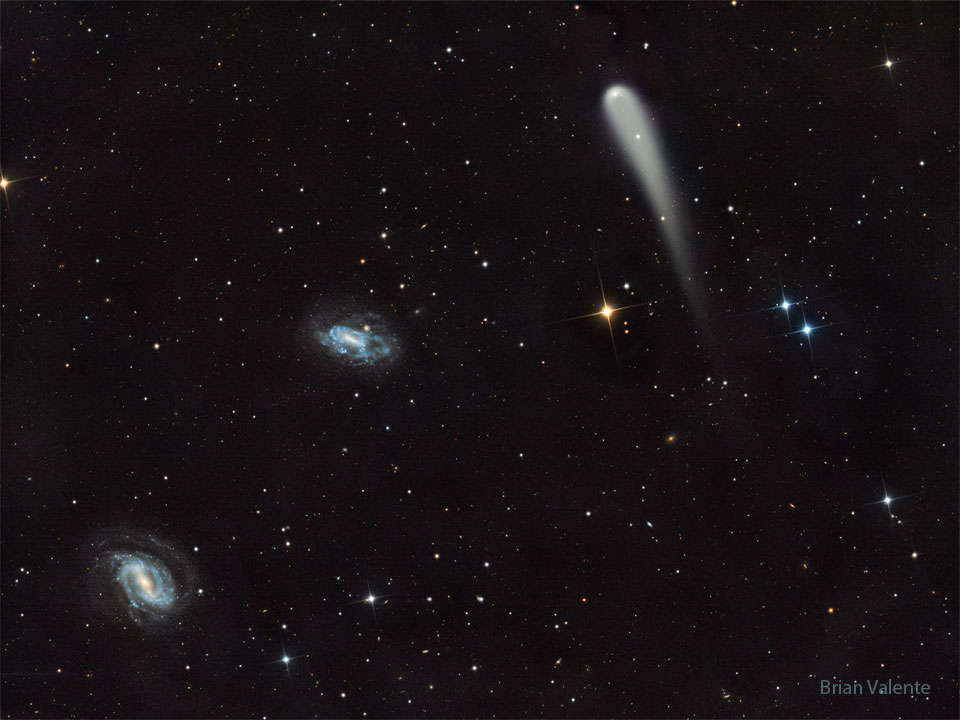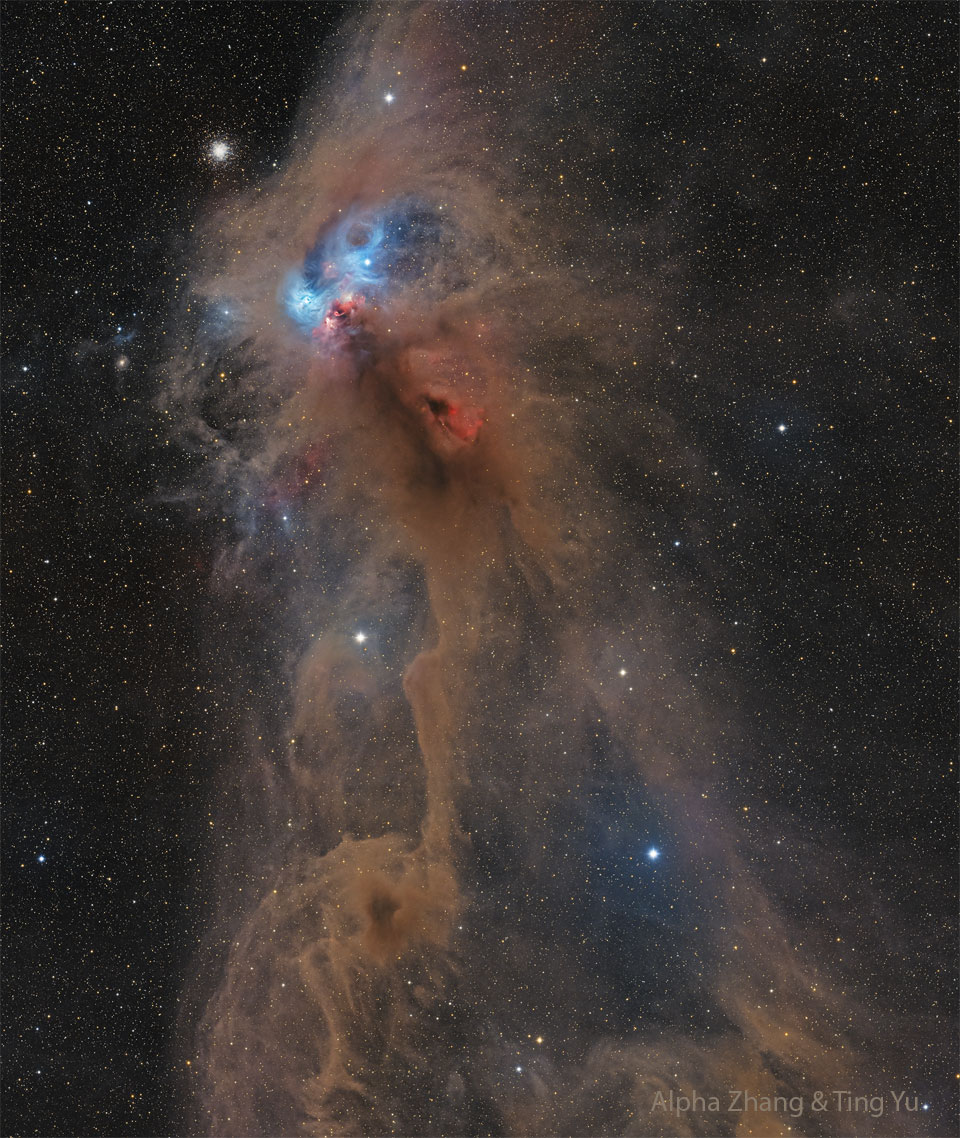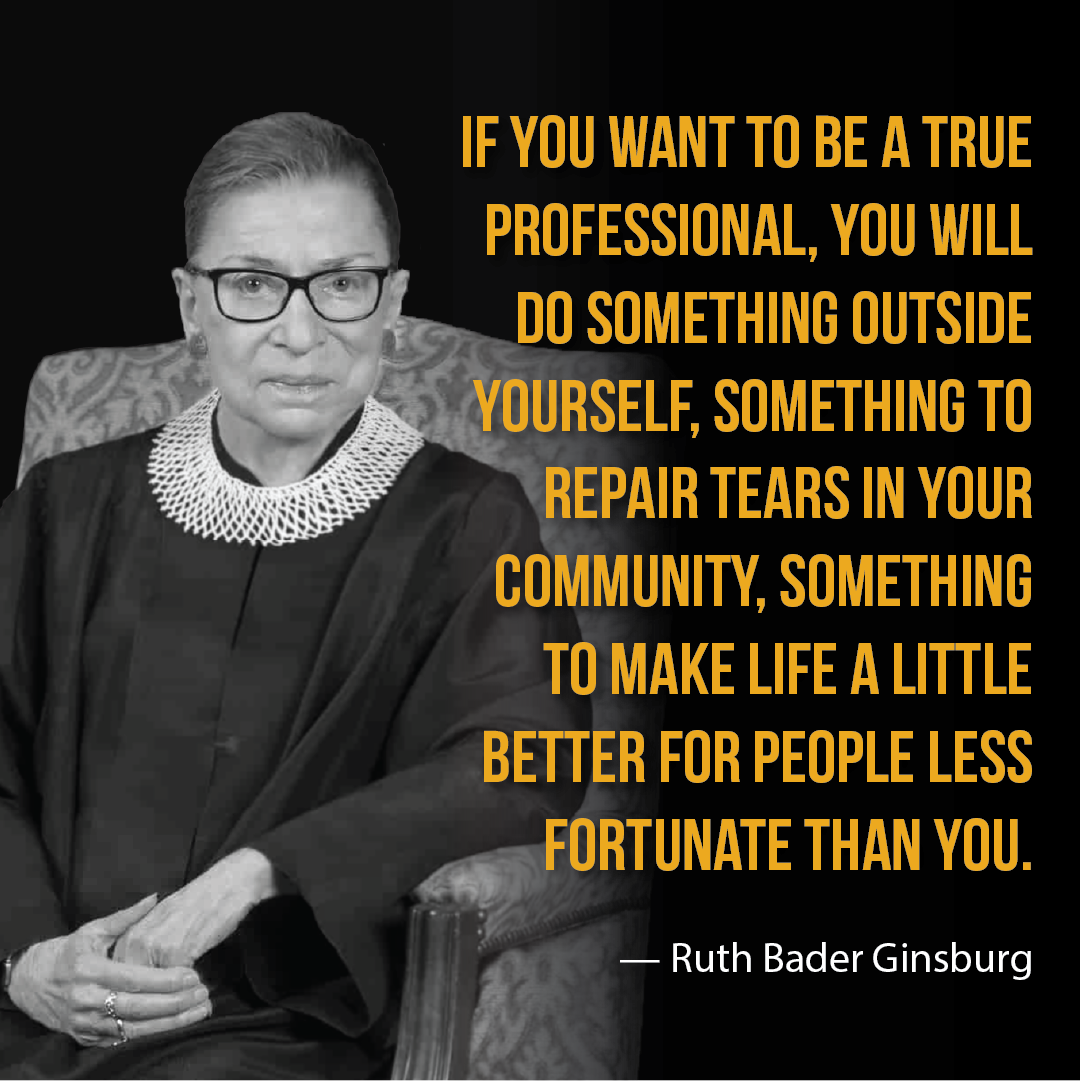Gary Bartz (born September 26, 1940, in Baltimore) is an American jazz saxophonist.He has won two Grammy Awards. Bartz was first exposed to jazz as the son of the owners of a jazz nightclub in Baltimore. In 1958 he left Baltimore to study at the Juilliard School. In the early 1960s, he performed with Eric Dolphy and McCoy Tyner in Charles Mingus‘ Jazz Workshop. He worked as a sideman with Max Roach and Abbey Lincoln before joining Art Blakey and the Jazz Messengers. In 1968, he was a member of McCoy Tyner‘s band, Expansions.
In mid-1970, he joined Miles Davis‘ band,performing live at the Isle Of Wight festival in August; and at a series of December dates at The Cellar Door club in Washington, D.C. Portions of these shows were initially released on the 1971 Live-Evil album, with the entire six performance/four night run eventually released in full on the 2005 Cellar Door Sessions box set. He later formed the band Ntu Troop, which combined jazz, funk, and soul.
see full post...George Gershwin (born Jacob Gershwine; September 26, 1898 – July 11, 1937) was an American composer and pianist whose compositions spanned popular, jazz and classical genres. Among his best-known works are the orchestral compositions Rhapsody in Blue (1924) and An American in Paris (1928), the songs “Swanee” (1919) and “Fascinating Rhythm” (1924), the jazz standards “Embraceable You” (1928) and “I Got Rhythm” (1930), and the opera Porgy and Bess (1935), which included the hit “Summertime“.
Gershwin studied piano under Charles Hambitzer and composition with Rubin Goldmark, Henry Cowell, and Joseph Brody. He began his career as a song plugger but soon started composing Broadway theater works with his brother Ira Gershwin and with Buddy DeSylva. He moved to Paris, intending to study with Nadia Boulanger, but she refused him, afraid that rigorous classical study would ruin his jazz-influenced style; Maurice Ravel voiced similar objections when Gershwin inquired about studying with him. He subsequently composed An American in Paris, returned to New York City and wrote Porgy and Bess with Ira and DuBose Heyward. Initially a commercial failure, it came to be considered one of the most important American operas of the 20th century and an American cultural classic.
Gershwin moved to Hollywood and composed numerous film scores. He died in 1937, only 38 years old, of a brain tumor. His compositions have been adapted for use in film and television, with many becoming jazz standards.
see full post...
Rossiere “Shadow” Wilson (September 25, 1919 – July 11, 1959) was an American jazz drummer.
Much of Wilson’s early work was with swing jazz orchestras. He played with Frankie Fairfax’s Campus Club Orchestra in 1936, with Lucky Millinder in 1939, and following this, with Benny Carter, Tiny Bradshaw, Lionel Hampton, Earl Hines, Count Basie, and Woody Herman. Later in his career, he played with Illinois Jacquet, Erroll Garner, Thelonious Monk, Ella Fitzgerald, Joe Newman, Lee Konitz, Sonny Stitt, Phil Woods, Gene Quill, and Tadd Dameron. The drummer was known to sit in at the famed Minton’s Playhouse. His nickname came from “his beautiful light touch with brushes,” in the words of bassist Peter Ind. Wilson died of meningitis in July 1959. He never recorded as a leader.
see full post...Comet C/2023 A3 (Tsuchinshan–ATLAS) briefly becoming easily visible to the unaided eye — although the future brightness of comets are notoriously hard to predict, and this comet may even break up in warming sunlight. What is certain is that the comet is now unexpectedly bright and is on track to pass its closest to the Sun (0.39 AU) later this week and closest to the Earth (0.47 AU) early next month. The featured image was taken in late May as Comet Tsuchinshan–ATLAS, discovered only last year, passed nearly in front of two distant galaxies. The comet can now be found with binoculars in the early morning sky rising just before the Sun, while over the next few weeks it will brighten as it moves to the early evening sky.

Erik Darling (September 25, 1933 – August 3, 2008 Baltimore, MD) was an American singer-songwriter and a folk music artist. He was an important influence on the folk scene in the late 1950s and early 1960s.
see full post...Roosevelt Melvin “Booba” Barnes (September 25, 1936 – April 2, 1996) was an American Delta blues guitar player and vocalist. One commentator noted that Barnes, R. L. Burnside, Big Jack Johnson, Paul “Wine” Jones and James “Super Chikan” Johnson were “present-day exponents of an edgier, electrified version of the raw, uncut Delta blues sound.”
Born in Longwood, Washington County, Mississippi, United States, Barnes got his start in 1960 as a member of the Swinging Gold Coasters, a local Mississippi blues outfit. He relocated to Chicago in 1964, where he played in bars and clubs, but returned to Mississippi in 1971 and continued to perform locally into the early 1980s. In 1984, Barnes hooked up with Lil’ Dave Thompson when the latter was aged 15, and the duo played on Mississippi’s juke joint circuit. Barnes opened a nightclub, the Playboy Club, in 1985, and played there with a backing group called the Playboys; they became regional blues favorites, and eventually signed to Rooster Blues, who released Barnes’s debut effort in 1990.
see full post...Dmitri Dmitriyevich Shostakovich (25 September [O.S. 12 September] 1906 – 9 August 1975) was a Soviet-era Russian composer and pianist who became internationally known after the premiere of his First Symphony in 1926 and thereafter was regarded as a major composer.
Shostakovich achieved early fame in the Soviet Union, but had a complex relationship with its government. His 1934 opera Lady Macbeth of Mtsensk was initially a success but later condemned by the Soviet government, putting his career at risk. In 1948 his work was denounced under the Zhdanov Doctrine, with professional consequences lasting several years. Even after his censure was rescinded in 1956, performances of his music were occasionally subject to state interventions, as with his Thirteenth Symphony (1962). Nevertheless, Shostakovich was a member of the Supreme Soviet of the RSFSR (1947) and the Supreme Soviet of the Soviet Union (from 1962 until his death), as well as chairman of the RSFSR Union of Composers (1960–1968). Over the course of his career, he earned several important awards, including the Order of Lenin, from the Soviet government.
Shostakovich combined a variety of different musical techniques in his works. His music is characterized by sharp contrasts, elements of the grotesque, and ambivalent tonality; he was also heavily influenced by neoclassicism and by the late Romanticism of Gustav Mahler. His orchestral works include 15 symphonies and six concerti (two each for piano, violin, and cello). His chamber works include 15 string quartets, a piano quintet, and two piano trios. His solo piano works include two sonatas, an early set of 24 preludes, and a later set of 24 preludes and fugues. Stage works include three completed operas and three ballets. Shostakovich also wrote several song cycles, and a substantial quantity of music for theatre and film.
Shostakovich’s reputation has continued to grow after his death. Scholarly interest has increased significantly since the late 20th century, including considerable debate about the relationship between his music and his attitudes toward the Soviet government.
see full post...Samuel Carthorne Rivers (September 25, 1923 – December 26, 2011 El Reno, OK) was an American jazz musician and composer. Though most famously a tenor saxophonist, he also performed on soprano saxophone, bass clarinet, flute, harmonica, piano and viola.
Active in jazz since the early 1950s, he earned wider attention during the mid-1960s spread of free jazz. With a thorough command of music theory, orchestration and composition, Rivers was an influential and prominent artist in jazz music.
see full post...The Labriola National American Indian Data Center is an Indigenous-led library center where students and community members can celebrate and critically engage with American Indian and Indigenous scholarly works and creative writing. Its staff provides culturally relevant information and research support, and the center is a culturally safe learning space for Indigenous library users.

This dusty region is forming stars. Part of a sprawling molecular cloud complex that resembles, to some, a rampaging baboon, the region is a relatively close by 500 light-years away toward the constellation Corona Australis. That’s about one third the distance of the more famous stellar nursery known as the Orion Nebula. Mixed with bright nebulosities, the brown dust clouds effectively block light from more distant background stars in the Milky Way and obscure from view embedded stars still in the process of formation. The eyes of the dust creature in the featured image are actually blue reflection nebulas cataloged as NGC 6726, 6727, 6729, and IC 4812, while the red mouth glows with light emitted by hydrogen gas. Just to the upper left of the baboon’s head is NGC 6723, a whole globular cluster of stars nearly 30,000 light years in the distance.

Linda Louise, Lady McCartney (Eastman; September 24, 1941 – April 17, 1998 NY) was an American photographer and musician. She was the keyboardist and harmony vocalist in the band Wings that also featured her husband, Paul McCartney of the Beatles.
Beginning in the mid-1960s, Linda began a career as a photographer, landing with Town & Country, where she soon gained assignments to photograph various musicians and entertainers. By the late 1960s, she was a regular fixture at the Fillmore East, a New York concert venue, where she became the unofficial house photographer capturing numerous performances at the legendary club, and was the first woman to have a photograph on the cover of the influential music magazine Rolling Stone. Her photographs were displayed in galleries and museums such as the Victoria and Albert Museum, and were collected in several books.
Linda had been learning to play keyboards from her husband, and after the 1970 breakup of the Beatles, Paul and Linda recorded the album Ram together, and they formed the band Wings in 1971. She continued to play alongside Paul following Wings’ breakup in 1981 up until The New World Tour in 1993.
She was an animal rights activist and wrote and published several vegetariancookbooks. She founded the vegetarian Linda McCartney Foods company with her husband. In 1995, she was diagnosed with breast cancer and died from the disease three years later at the age of 56. She died from breast cancer at the age of 56 on April 17, 1998, at the McCartney family ranch in Tucson, Arizona. Her family was with her when she died.
see full post...
9-24-1940 7-10-2021 Scottsdale – Singer, Songwriter and Founding member of 60’s girl group “The Angels” dies at 80. Born in Newark, NJ on Sept. 24 1940. She passed away peacefully on July 10, 2021 in Scottsdale, AZ. Bibs was born on September 24, 1940 in Newark, NJ. “My Boyfriend’s Back.” per formed by “The Angels “rose to #1 on Billboard’s Hot 100 chart in 1963. Their hits included, “Til” 1961, “Cry Baby Cry” 1962, “Thank you and Goodnight” 1964.. Their early television performances included “The Ed Sullivan Show,” “Shindig,” “The Mery Griffin Show,” “Midnight Special,”, “American Bandstand” and “The Mike Douglas Show”. Bibs also sang commercial jingles including those for Wendy’s, Milk, and Sticklets Gum. In the 80’s she left The Angels to run her husband Peter’s Architectural firm, Tuebner and Brown in Los Angeles. Later in life she returned to her love of songwriting and most recently recorded an EP of new songs with her two nieces.
see full post...Theodore “Fats” Navarro (September 24, 1923 – July 6, 1950) was an American jazz trumpet player and a pioneer of the bebop style of jazz improvisation in the 1940s. A native of Key West, Florida, he toured with big bands before achieving fame as a bebop trumpeter in New York. Following a series of studio sessions with leading bebop figures including Tadd Dameron, Bud Powell, and Kenny Clarke, he became ill with tuberculosis and died at the age of 26. Despite the short duration of his career, he had a strong stylistic influence on trumpet players who rose to fame in later decades, including Clifford Brown and Lee Morgan. Navarro, nicknamed “Fat Girl” due to his weight and high speaking voice, developed a heroin addiction, tuberculosis, and a weight problem. These afflictions led to a slow decline in health. Navarro was hospitalized on July 1, 1950, and he died five days later on July 6 at the age of 26. His last performance was with Charlie Parker at Birdland.
see full post...Lemon Henry “Blind Lemon” Jefferson (September 24, 1893 – December 19, 1929 Coutchman, Tx) was an American blues and gospel singer-songwriter and musician. He was one of the most popular and successful blues singers of the 1920s and has been called the “Father of the Texas Blues“.
Due mainly to his high-pitched voice and the originality of his guitar playing, Jefferson’s performances were distinctive. His recordings sold well, but he was not a strong influence on younger blues singers of his generation, who could not imitate him as easily as they could other commercially successful artists. Later blues and rock and roll musicians, however, did attempt to imitate both his songs and his musical style.
Jefferson died in Chicago at 10:00 a.m. on December 19, 1929, of what his death certificate said was “probably acute myocarditis“.For many years, rumors circulated that a jealous lover had poisoned his coffee, but a more likely explanation is that he died of a heart attack after becoming disoriented during a snowstorm.
see full post...